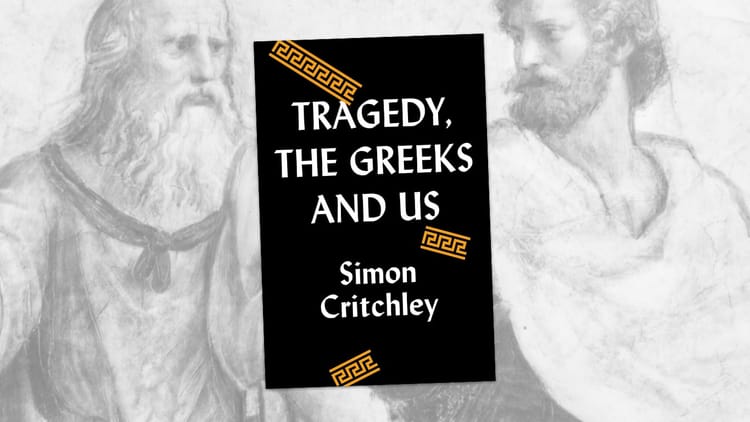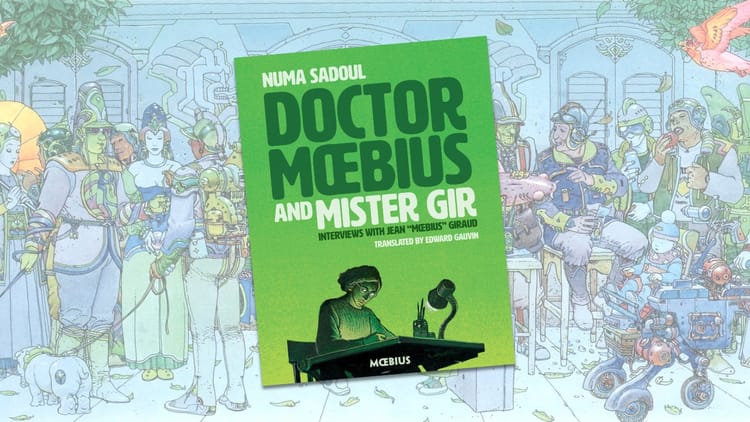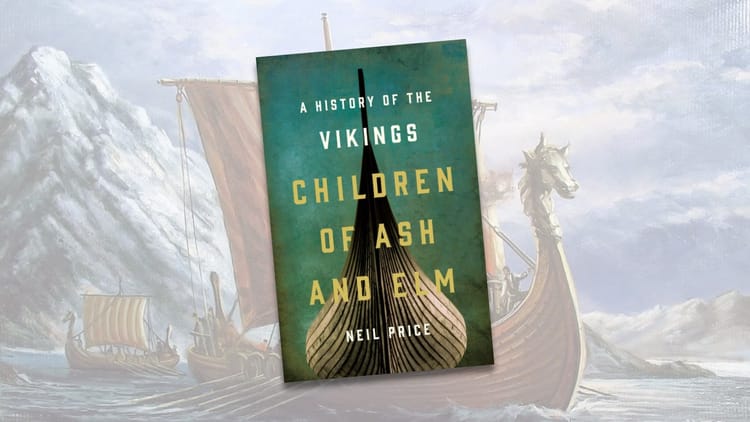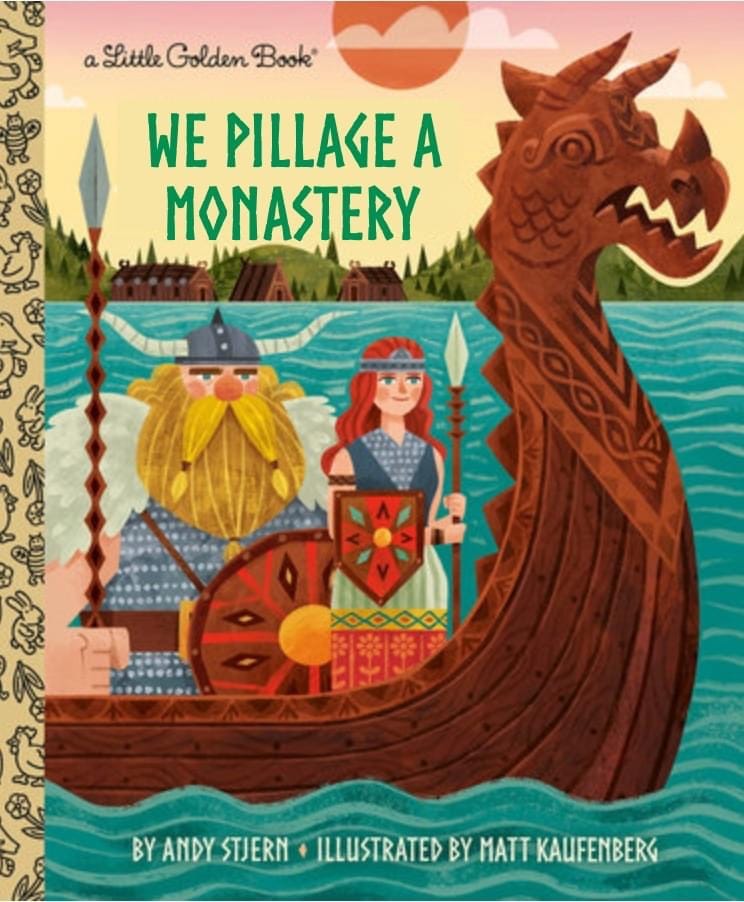Rewriting History: The Myths and Realities of Norse America
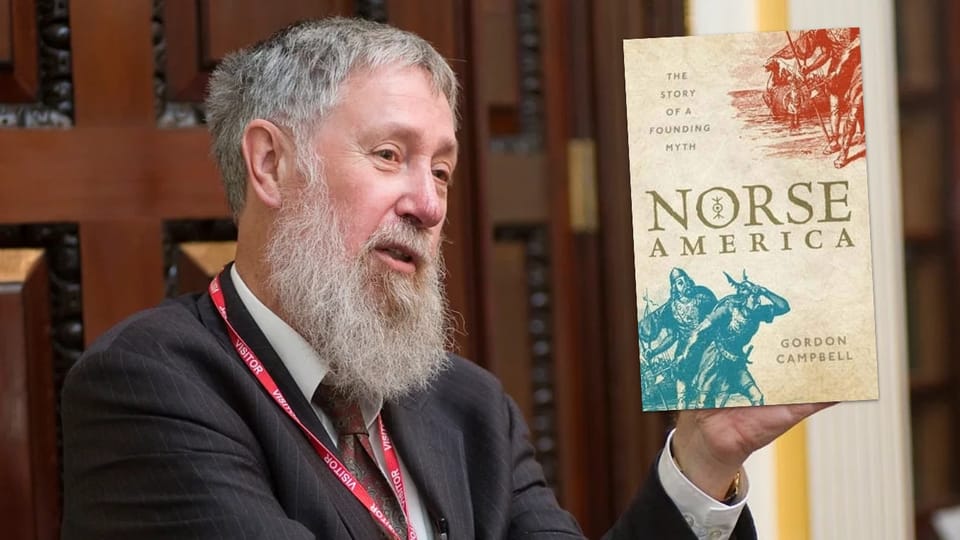
Gordon Campbell, in his interview with World History Encyclopedia, discusses his book Norse America: The Story of a Founding Myth, which is loaded with two killer narratives. The first is a hard-hitting chronicle of the Norse expeditions from Scandinavia to the Faroes, Iceland, Greenland, and eventually to North America in the 10th and 11th centuries. The saga crescendos at L’Anse aux Meadows, a rough-and-tumble camp in Newfoundland that serves as the Norsemen’s fleeting foothold in the New World.
But here’s the twist, Campbell’s second narrative peels back the veneer on how Canadian and American dreamers have hijacked this tale. These folks, chasing a vision of white, North European discovery, shove Columbus out of the limelight (not that he was much of a saint himself). Campbell's keen to expose how this racialized myth became a cornerstone for nationalistic pride.
So what’s Campbell’s origin story? It starts with a stroll through Reykjavik that feels straight out of a Tarantino movie. Inside the National Museum of Iceland: zilch about Erik the Red, Leif the Lucky, or the so-called discovery of America. Then bam! He steps outside and comes face-to-face with a massive statue of Leif Erikson. But get this, turns out it’s not Icelandic pride; it’s a gift from the U.S. Campbell’s realization: Iceland doesn’t care much about discovering America, but Americans? They’re obsessed. That disconnect hit Campbell like a shot of adrenaline, setting him on a mission to unravel these two tangled stories.
Now, Campbell’s no sucker for fairy tales masquerading as facts. He takes a flamethrower to the sagas, treating them not as history but as myth. Erik the Red? Serial killer. Leif Erikson? Probably didn’t exist. And all this "Vinland" stuff? It’s a nice bedtime story, but archaeology’s not backing it up. Sure, L’Anse aux Meadows is the real deal, but it’s a pit stop, not a promised land. The butternut shells they found there? A clue that the Norse reached the mainland, but nothing to suggest they set up shop.
And then there’s the parade of fake artifacts, like the Kensington Runestone in Minnesota, the archaeological equivalent of a counterfeit Rolex. Campbell pulls no punches, calling out how these forgeries perpetuate stereotypes, erasing Indigenous accomplishments to prop up a Eurocentric fantasy. Even the one genuine artifact, the Maine Penny, doesn’t give the Norse the starring role. It’s more likely evidence of a trade network, not a settlement.
Campbell digs deep into the script that reshaped the Norse narrative. After independence, Americans needed a non-English origin story, so they cast Columbus as their lead. Later, they re-edited history to bring in the Norse, good ol’ North Europeans with the "right" look. Meanwhile, the real stars of the Greenland story—Norse farmers, cathedral builders, and indigenous communities—got cut from the reel. With its vibrant Inuit history and Norse heritage, Greenland was sidelined for mainland myths.
And this is where Campbell’s critique takes a sharp turn. The cultural appropriation of Norse history doesn’t just twist the facts; it buries the voices of the Inuit and other indigenous peoples under layers of whitewashed legend. It’s a crime scene, and Campbell’s laying out the evidence.
Campbell knows he’s stirring the pot. His book’s title alone, The Story of a Founding Myth, is like slapping "Once Upon a Time" on America’s historical narrative. But he’s unapologetic. He wants to spark debate, to challenge people to rethink what they’ve been spoon-fed about Columbus and the Norse. And most importantly, he’s here to remind the world that Greenland, with its cathedrals and Inuit connections, deserves more than a footnote.
Campbell delivers his final shot: history isn’t static; it’s a battleground of myths, cultural identity, and power. Norse America isn’t just a book; it’s a Molotov cocktail thrown into the echo chamber of popular history, daring readers to confront uncomfortable truths. The result? A nuanced, provocative take on the stories we tell ourselves and the truths we’d rather ignore.

